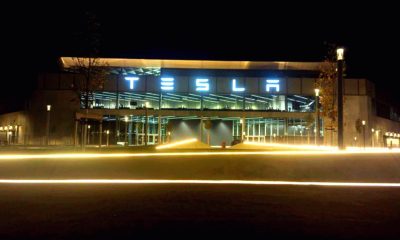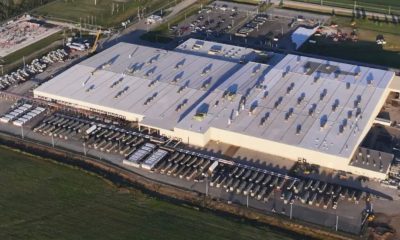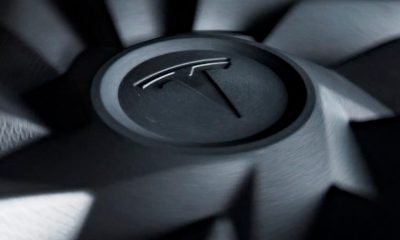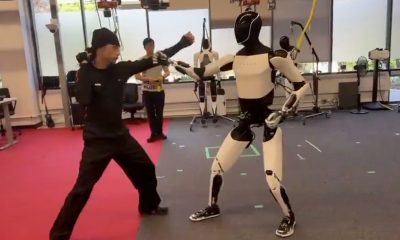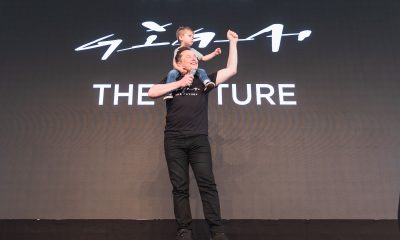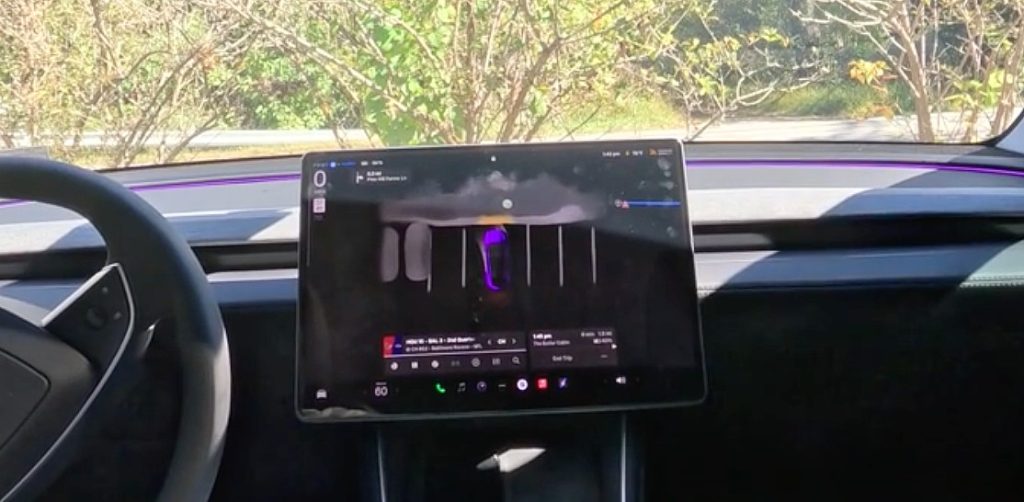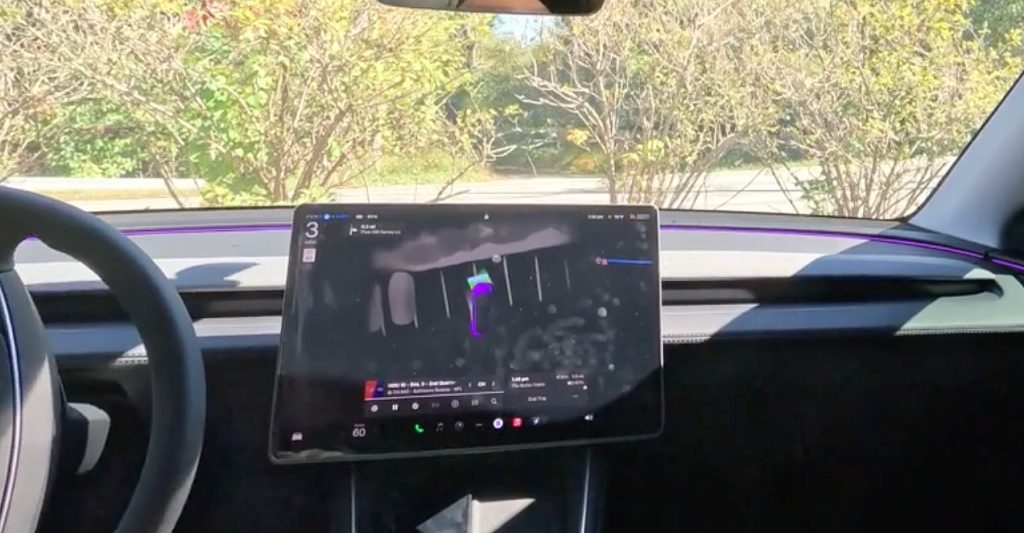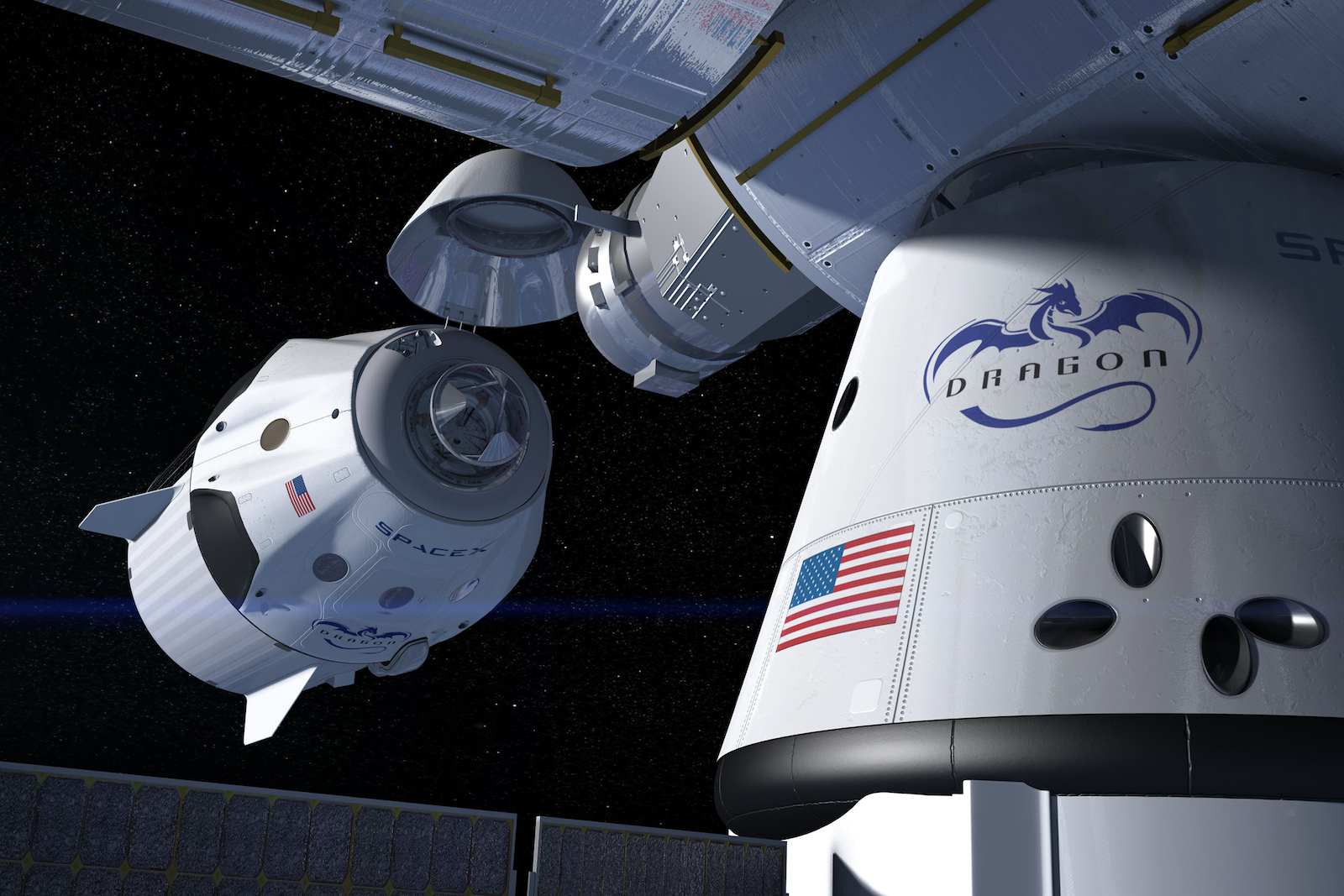
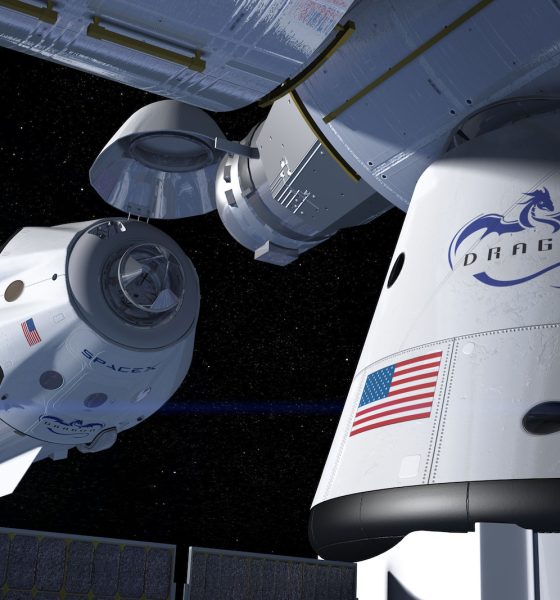
News
SpaceX preparing Dragon 2 for Feb. 2018 launch, progressing Dragon 1 reuse efforts
NASA has released tentative flight schedules for the first Commercial Crew Program missions of Boeing and SpaceX, aligning with recent suggestions that SpaceX’s schedule had slipped by several months. SpaceX’s first Commercial Crew mission, an uncrewed inaugural test of Dragon 2, has moved from late 2017 into early 2018, and is now targeting a launch no earlier than February.
Presenting at the 2017 ISS R&D Conference in D.C. earlier this week, chief Elon Musk reiterated that SpaceX was laser-focused on doing everything possible to ensure that Falcon 9 and Dragon 2 are as reliable and safe as can be. The company’s first crewed launch is subsequently planned for no earlier than June 2018, under the condition of a nominal demonstration flight of Dragon 2 four months prior. The choice to end development of propulsive landing of Dragon 2 will likely help the company more easily meet their schedule goals.
During the same talk, Musk took time to address what he considered a missed opportunity, SpaceX’s historic reuse of a Dragon spacecraft with the launch of NASA’s CRS-11 mission in June. In Musk’s opinion, SpaceX should have taken the opportunity to promote the genuinely unique and difficult accomplishment. He certainly isn’t wrong. To paraphrase, a private company conducted the first orbital reuse of a spacecraft since the Space Shuttle retired in 2011, and also became one of only three other orbital vehicles to have ever flown to orbit more than once.
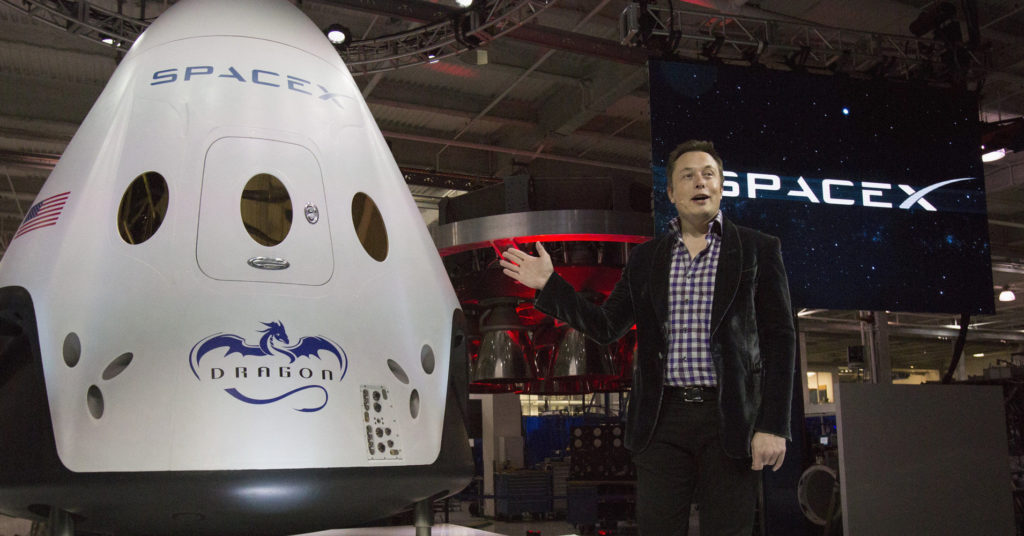
SpaceX CEO Elon Musk speaks after unveiling the Dragon V2 spacecraft in Hawthorne, California May 29, 2014. Photo: REUTERS/Mario Anzuoni
Furthermore, SpaceX has suggested for quite some time that the company was planning on ending the manufacture of Dragon 1 pressure vessels in order to retool the assembly line and begin fully focusing on Dragon 2 manufacturing. Recent persistent rumors would seem to suggest that this may have already occurred, or is at least very close to occurring. SpaceX is likely to benefit considerably by exploiting the opportunity they have to refurbish and reuse orbital spacecraft, and it is likely that a majority of the nine cargo missions left in its first CRS contract will be conducted with refurbished Dragon capsules.
Of course, a great deal of the capsule must be replaced with new parts as a result of ocean landings, but Musk said he expects the next Dragon reuse and all future reuses to save the SpaceX nearly 50% of the cost of manufacturing an entirely new spacecraft. Musk admitted that the first refurbishment of Dragon likely ended up costing as much or more than a new vehicle, but this is to be expected for the first attempt to reuse any sort of space hardware that must survive some form of reentry heating and saltwater immersion.
Throughout the discussion, Elon Musk frequently and wholeheartedly praised NASA for enabling SpaceX to exist and to remain the agile aerospace company it wants to be while still working as a private partner of the agency. It is indeed exceptional that NASA’s CRS team has allowed SpaceX to upgrade and iterate Falcon 9 and Dragon hardware and procedures, with NASA expressing an uncharacteristic level of flexibility by permitting the many small additional risks the constant state of flux of SpaceX’s hardware has inevitably introduced.
Musk went so far as to state flat-out that Bill Gerstenmaier, NASA’s longstanding head of manned spaceflight, was “one of [his] favorite people in the world”. SpaceX and Musk’s consistent willingness to publicly thank and praise NASA has been an exception to the norm of the aerospace industry, and SpaceX and NASA will undoubtedly continue their strong relationship well into the future.
News
Tesla plant manager tips off affordable model production
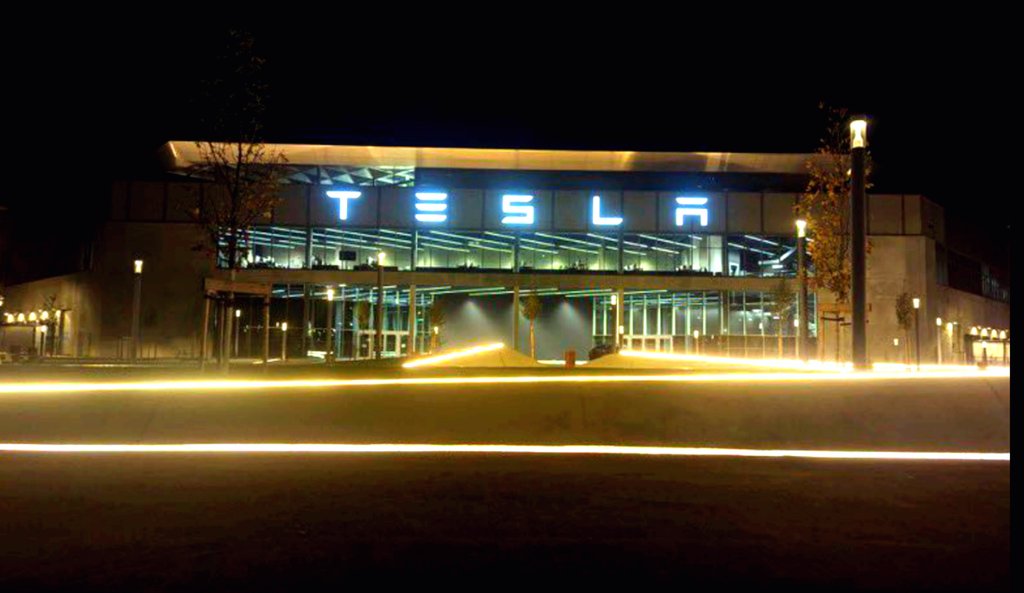
A plant manager at a Tesla factory just tipped off the fact that the company will begin production of an affordable model in the coming weeks, all but confirming that a new car will be unveiled tomorrow.
Tesla has been teasing some kind of product unveiling for October 7 on its social media accounts. It has now dropped two separate indications that a new product is coming on its X account.
Fans have been anticipating two things: either the company’s planned affordable model, which has been codenamed “E41,” or the Roadster, a long-awaited vehicle that Tesla has kept under wraps for much longer than it would likely care to admit.
Tesla all but confirms that affordable Model Y is coming Tuesday
André Thierig, Tesla’s plant manager at the German production plant Gigafactory Berlin, tipped off what is likely coming tomorrow at the product unveiling as he revealed during an internal event today that a light version of the Model Y will begin series production and deliveries “in a few weeks.”
Thierig’s revealing of plans was reported by Handelsblatt, a German media outlet.
The description of a “light version of the Model Y” aligns with what CEO Elon Musk said earlier this year, as well as what we have seen on public roads, both covered and uncovered.
Last week, we finally saw an uncovered version of what the affordable model likely is, as it was cruising around near Gigafactory Texas, just outside of Austin.
Tesla coding shows affordable model details, including potential price
Musk said earlier this year, candidly during an Earnings Call, that the affordable model Tesla planned to release was a Model Y.
“It’s just a Model Y. Let the cat out of the bag there,” Musk said.
The images of what we assumed to be the affordable model lined up with Musk’s candid statement:
🚨 It looks like the new affordable Tesla Model Y was spotted near Giga Texas
Model Y body with the Model 3 fascia, no glass roof, and looks as if there is a front bumper camera!
Should be coming soon! https://t.co/UAXQMHjM23 pic.twitter.com/9lC5te9GnW
— TESLARATI (@Teslarati) October 3, 2025
Tesla is expected to unveil its affordable model tomorrow during the planned event, which has been teased twice. Pricing and other details are still pending, but the company is expected to reveal this information tomorrow.
News
Three things Tesla needs to improve with Full Self-Driving v14 release
These are the three things I’d like to see Tesla Full Self-Driving v14 improve.
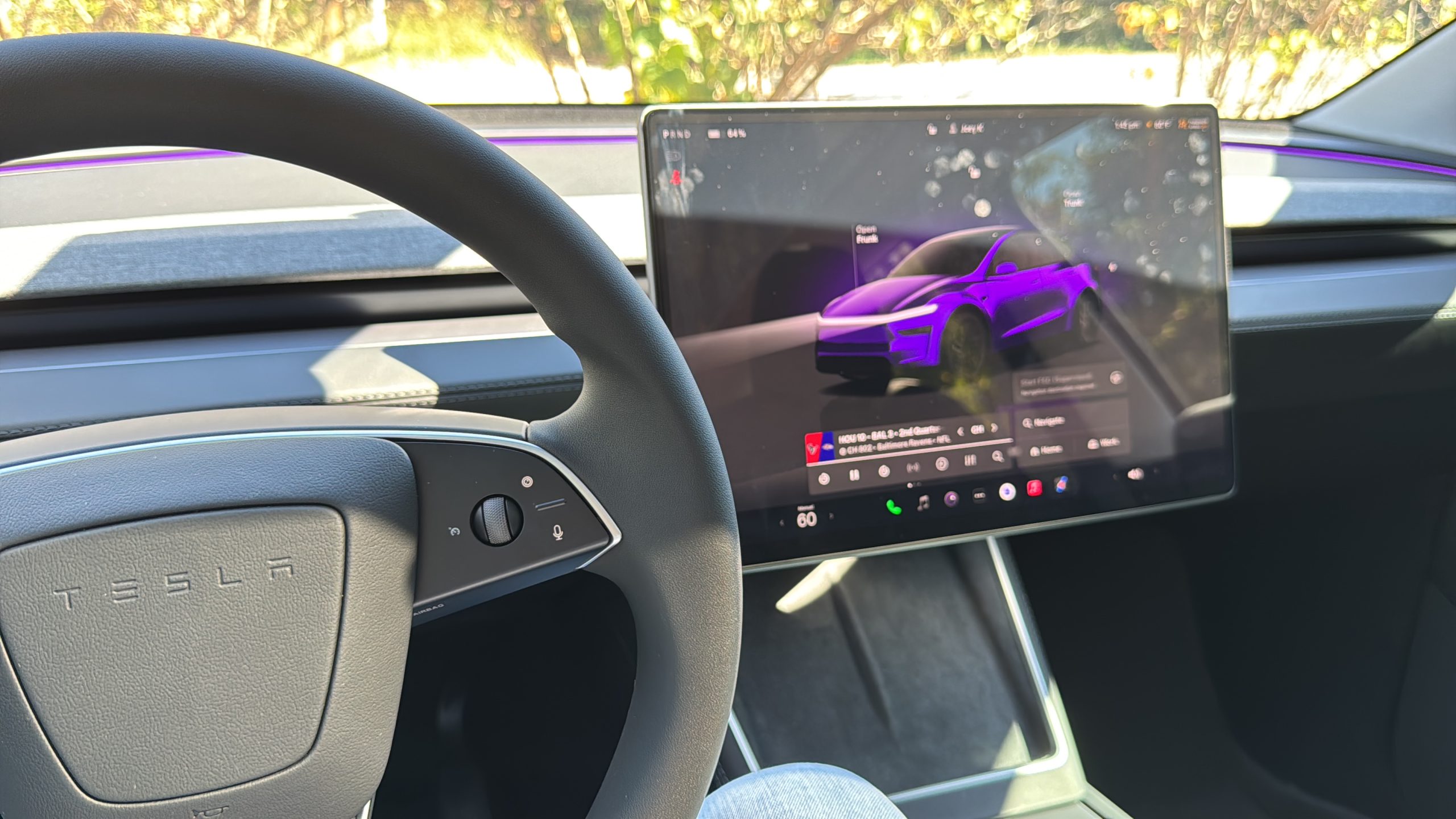
As Tesla plans to release Full Self-Driving version 14 this week after CEO Elon Musk detailed a short delay in its rollout, there are several things that continue to plague what are extremely well-done drives by the suite.
Tesla Full Self-Driving has truly revolutionized the way I travel, and I use it for the majority of my driving. However, it does a few things really poorly, and these issues are consistent across many drives, not just one.
Tesla Full Self-Driving impressions after three weeks of ownership
Musk has called FSD v14 “sentient” and hinted that it would demonstrate drastic improvements from v13. The current version is very good, and it commonly performs some of the more difficult driving tasks well. I have found that it does simple, yet crucial things, somewhat poorly.
These are the three things I’d like to see Tesla Full Self-Driving v14 improve.
Navigation, Routing, and Logical Departure
My biggest complaint is how poorly the navigation system chooses its route of departure. I’ve noticed this specifically from where I Supercharge. The car routinely takes the most illogical route to leave the Supercharger, a path that would require an illegal U-turn to get on the correct route.
I managed to capture this yesterday when leaving the Supercharger to go on a lengthy ride using Full Self-Driving:
You’ll see I overrode the attempt to turn right out of the lot by pushing the turn signal to turn left instead. If you go right, you’ll go around the entire convenience store and end up approaching a traffic light with a “No U-Turn” sign. The car has tried to initiate a U-turn at this light before.
If you’re attempting to get on the highway, you simply have to leave the convenience store on a different route (the one I made the vehicle go in).
It then attempted to enter the right lane when the car needed to remain in the left lane to turn left and access the highway. I manually took over and then reactivated Full Self-Driving when it was in the correct lane.
To achieve Unsupervised Full Self-Driving, such as navigating out of a parking lot and taking the logical route, while also avoiding illegal maneuvers, is incredibly crucial.
Too Much Time in the Left Lane on the Highway
It is illegal to cruise in the left lane on highways in all 50 U.S. states, although certain states enforce it more than others. Colorado, for example, has a law that makes it illegal to drive in the left lane on highways with a speed limit of 65 MPH or greater unless you are passing.
In Florida, it is generally prohibited to use the left lane unless you are passing a slower vehicle.
In Pennsylvania, where I live, cruising in the left lane is illegal on limited-access highways with two or more lanes. Left lanes are designed for passing, while right lanes are intended for cruising.
Full Self-Driving, especially on the “Hurry” drive mode, which drives most realistically, cruises in the left lane, making it in violation of these cruising laws. There are many instances when it has a drastic amount of space between cars in the right lane, and it simply chooses to stay in the left lane:
The clip above is nearly 12 minutes in length without being sped up. In real-time, it had plenty of opportunities to get over and cruise in the left lane. It did not do this until the end of the video.
Tesla should implement a “Preferred Highway Cruising Lane” option for two and three-lane highways, allowing drivers to choose the lane that FSD cruises in.
It also tends to pass vehicles in the slow lane at a speed that is only a mile an hour or two higher than that other car.
This holds up traffic in the left lane; if it is going to overtake a vehicle in the right lane, it needs to do it faster and with more assertiveness. It should not take more than 5-10 seconds to pass a car. Anything longer is disrupting the flow of highway traffic.
Parking
Full Self-Driving does a great job of getting you to your destination, but parking automatically once you’re there has been a pain point.
As I was arriving at my destination, it pulled in directly on top of the line separating two parking spots. It does this frequently when I arrive at my house as well.
Here’s what it looked like yesterday:
Parking is one of the easier tasks Full Self-Driving performs, and Autopark does extremely well when the driver manually chooses the spot. I use Autopark on an almost daily basis.
However, if I do not assist the vehicle in choosing a spot, its performance pulling into spaces is pretty lackluster.
With a lot of hype surrounding v14, Tesla has built up considerable anticipation among owners who want to see FSD perform the easy tasks well. As of now, I believe it does the harder things better than the easy things.
Elon Musk
Elon Musk teases previously unknown Tesla Optimus capability
Elon Musk revealed over the weekend that the humanoid robot should be able to utilize Tesla’s dataset for Full Self-Driving (FSD) to operate cars not manufactured by Tesla.
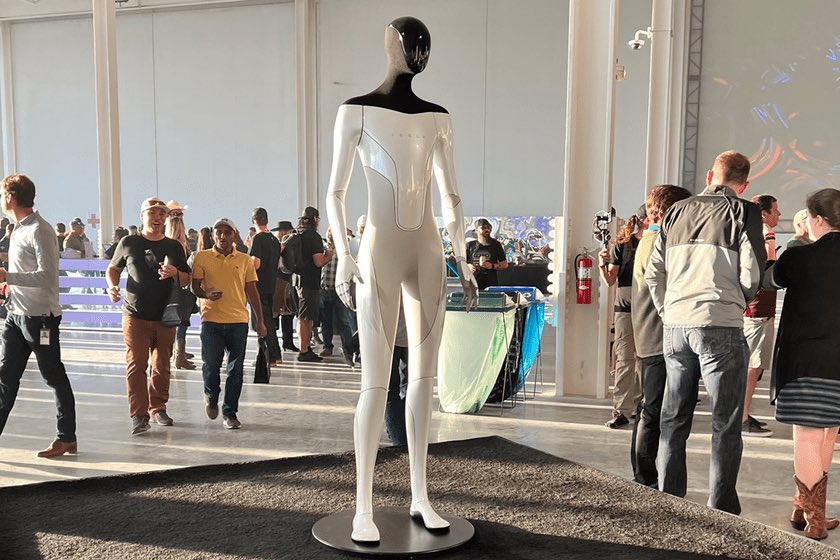
Elon Musk revealed a new capability that Tesla Optimus should have, and it is one that will surely surprise many people, as it falls outside the CEO’s scope of his several companies.
Tesla Optimus is likely going to be the biggest product the company ever develops, and Musk has even predicted that it could make up about 80 percent of the company’s value in the coming years.
Teasing the potential to eliminate any trivial and monotonous tasks from human life, Optimus surely has its appeal.
However, Musk revealed over the weekend that the humanoid robot should be able to utilize Tesla’s dataset for Full Self-Driving (FSD) to operate cars not manufactured by Tesla:
Probably
— Elon Musk (@elonmusk) October 5, 2025
FSD would essentially translate from operation in Tesla vehicles from a driverless perspective to Optimus, allowing FSD to basically be present in any vehicle ever made. Optimus could be similar to a personal chauffeur, as well as an assistant.
Optimus has significant hype behind it, as Tesla has been meticulously refining its capabilities. Along with Musk’s and other executives’ comments about its potential, it’s clear that there is genuine excitement internally.
This past weekend, the company continued to stoke hype behind Optimus by showing a new video of the humanoid robot learning Kung Fu and training with a teacher:
🚨 Some have wondered if this is ‘staged’ or if Optimus is teleoperated here
Elon Musk said this is completely AI https://t.co/N69uDD6OVM
— TESLARATI (@Teslarati) October 4, 2025
Tesla plans to launch its Gen 3 version of Optimus in the coming months, and although we saw a new-look robot just last month, thanks to a video from Salesforce CEO and Musk’s friend Marc Benioff, we have been told that this was not a look at the company’s new iteration.
Instead, Gen 3’s true design remains a mystery for the general public, but with the improvements between the first two iterations already displayed, we are sure the newest version will be something special.
-
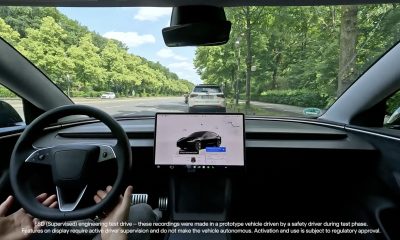
 Elon Musk2 weeks ago
Elon Musk2 weeks agoTesla FSD V14 set for early wide release next week: Elon Musk
-
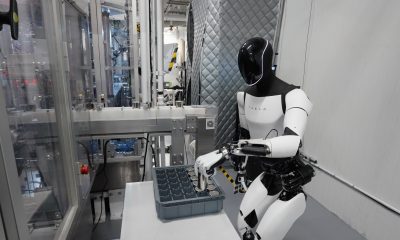
 News1 week ago
News1 week agoElon Musk gives update on Tesla Optimus progress
-
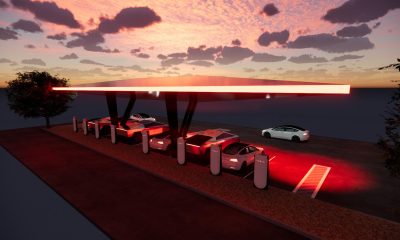
 News2 weeks ago
News2 weeks agoTesla has a new first with its Supercharger network
-
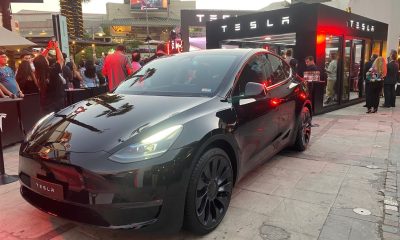
 News2 weeks ago
News2 weeks agoTesla job postings seem to show next surprise market entry
-
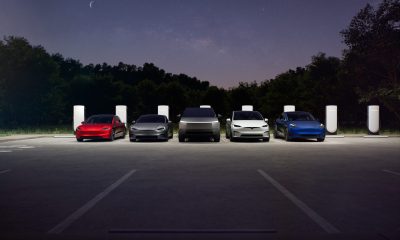
 News2 weeks ago
News2 weeks agoTesla makes a big change to reflect new IRS EV tax credit rules
-
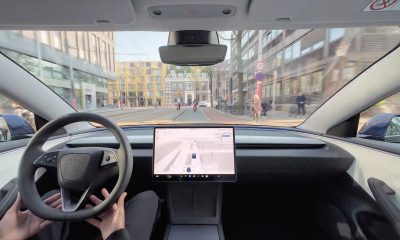
 Investor's Corner1 week ago
Investor's Corner1 week agoTesla gets new Street-high price target with high hopes for autonomy domination
-
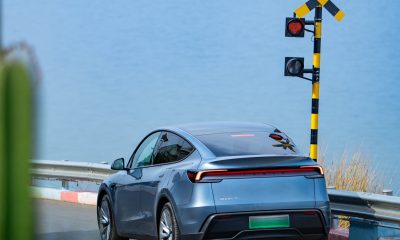
 Lifestyle1 week ago
Lifestyle1 week ago500-mile test proves why Tesla Model Y still humiliates rivals in Europe
-
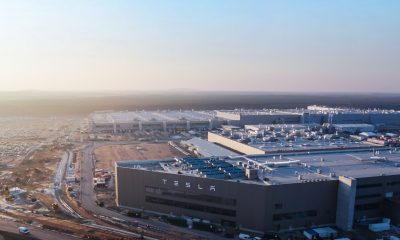
 News1 week ago
News1 week agoTesla Giga Berlin’s water consumption has achieved the unthinkable


